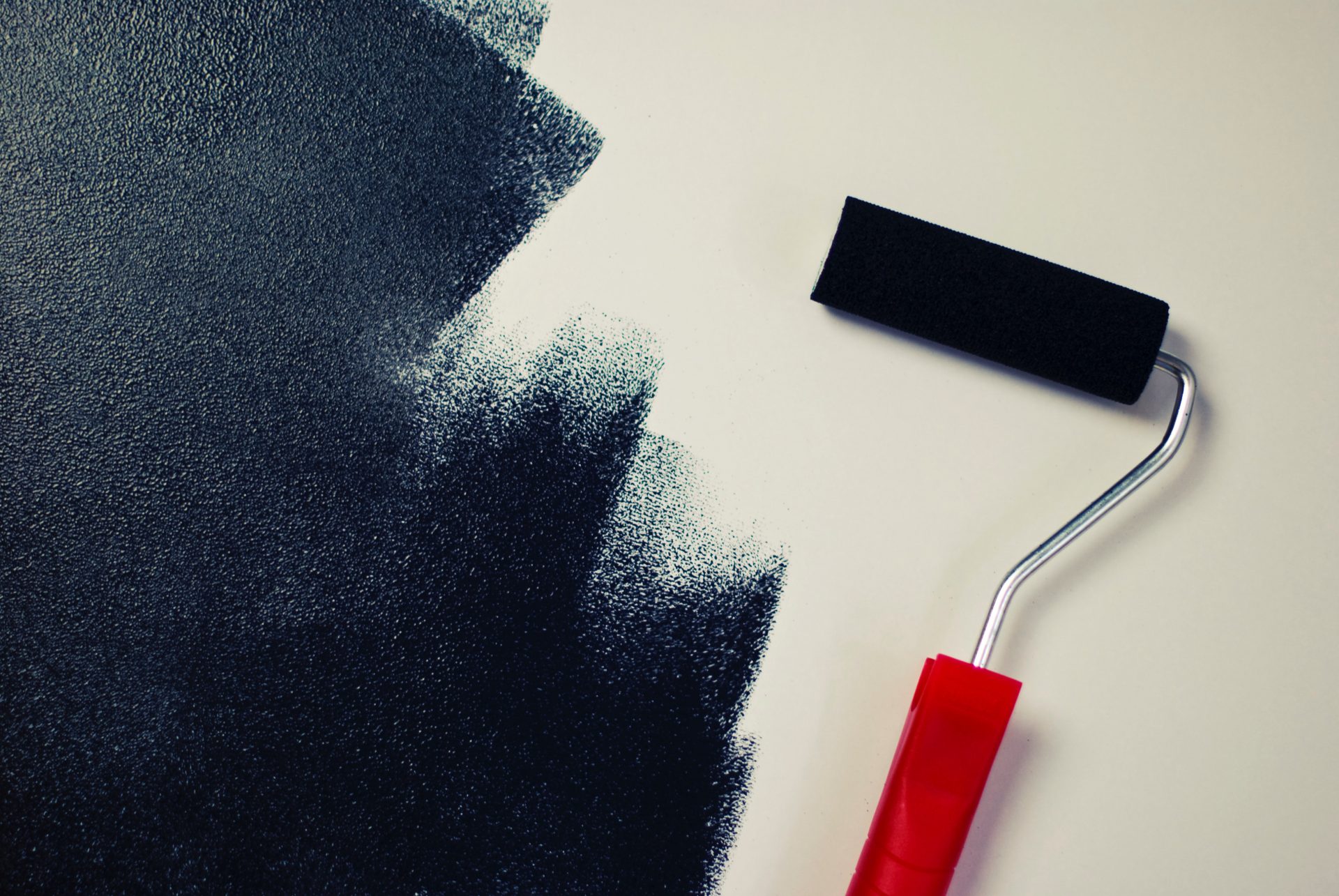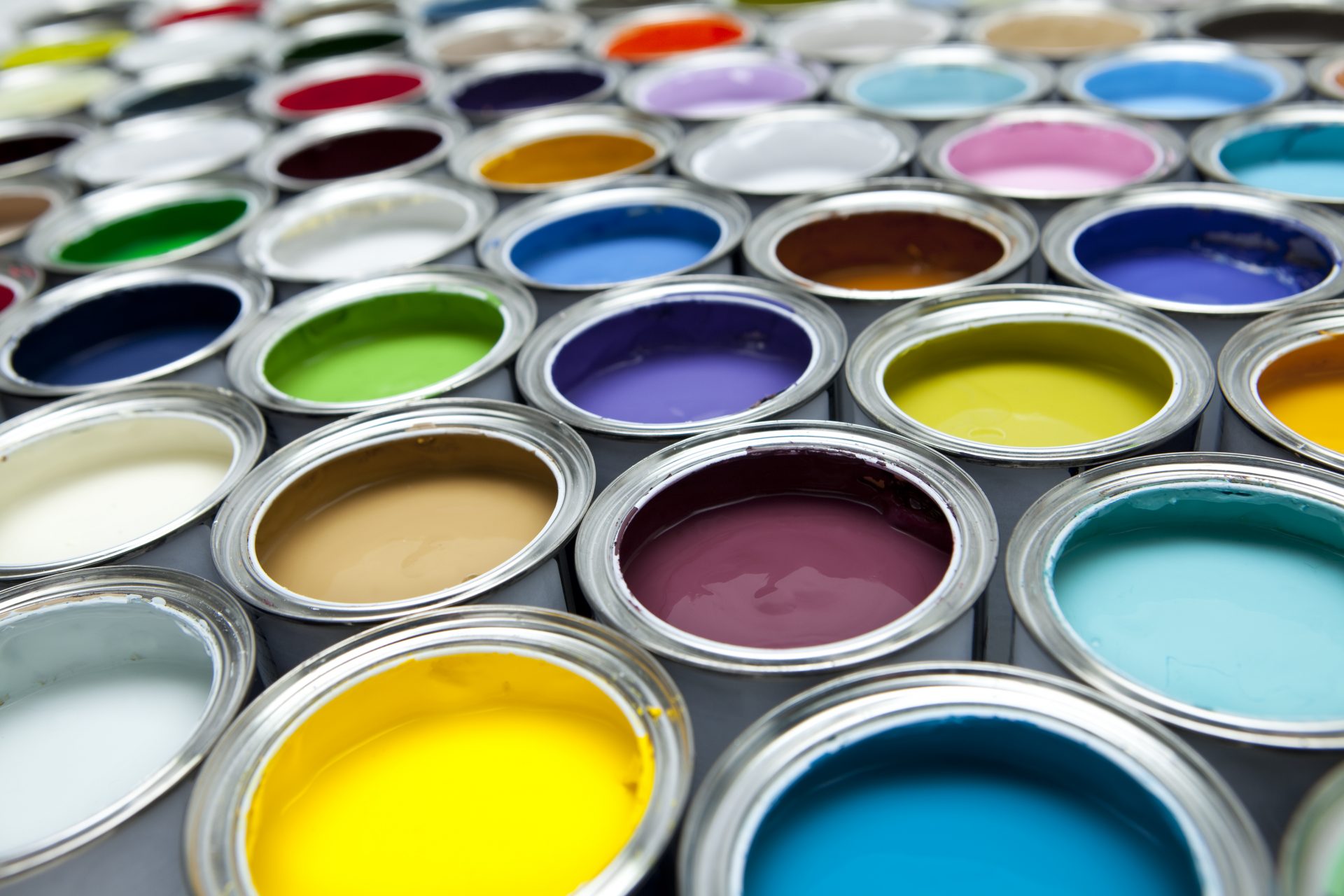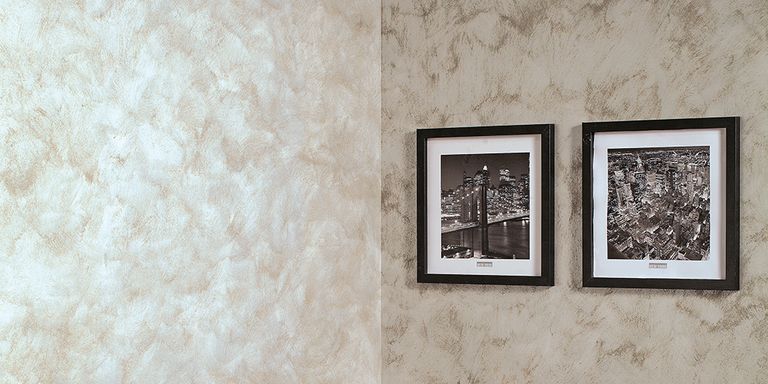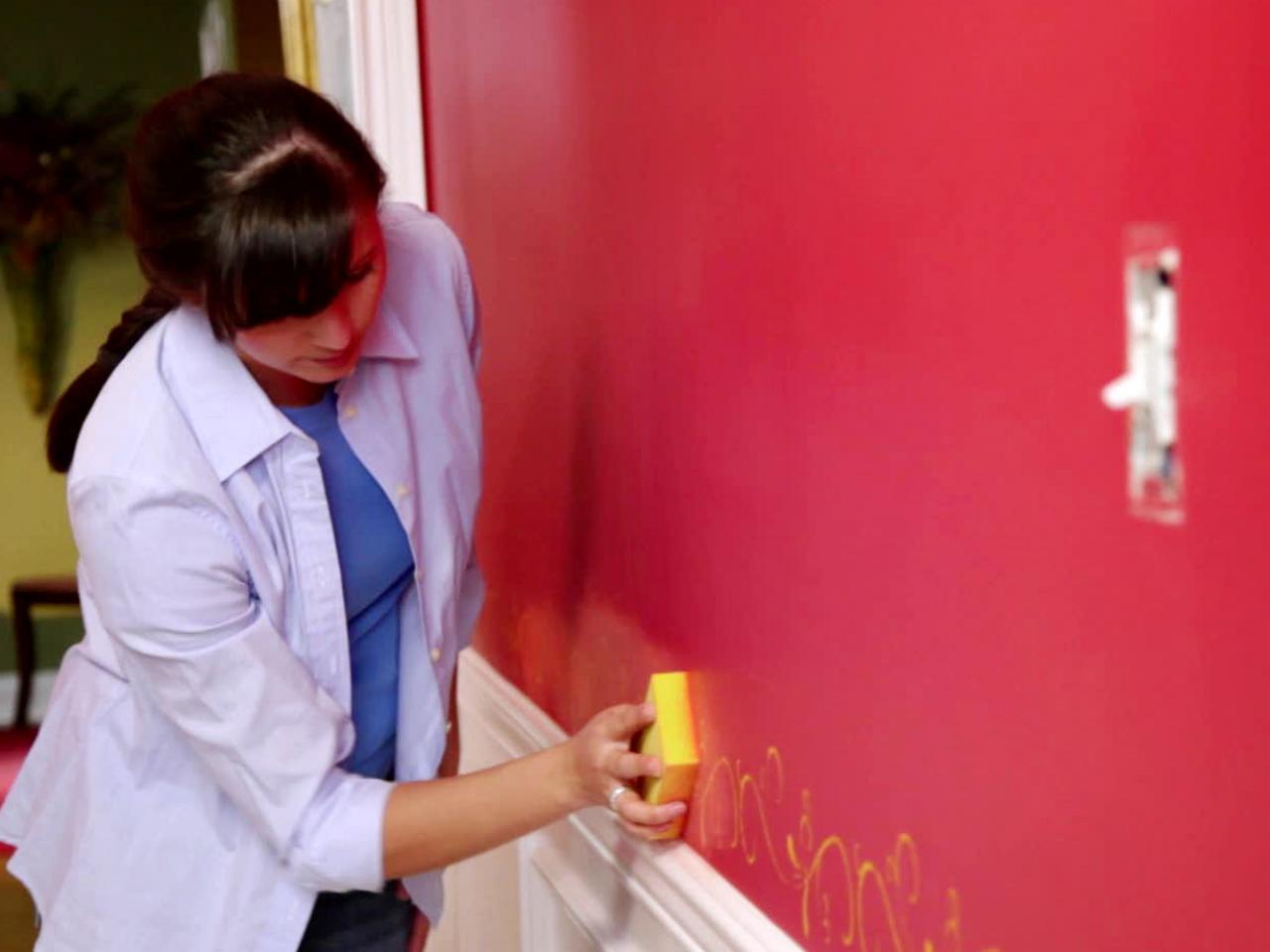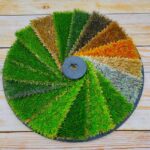You may have noticed that some walls show small reliefs, roller and brush marks or that even the color that has been applied is spread along the surface irregularly. Here, we show how to paint over sponged walls.
It can be due to several reasons, such as diluting the paint with water, painting by sliding the roller in multiple directions, using slightly oily paints that leave the mark of the roller or painting on sponged walls in poor condition and with irregularities, because this way we will multiply by two the reliefs when painting.
How to paint over sponged walls?
How can we have a smooth wall without irregularities? Follow these tips and get a completely paint the sponged wall.
Roller marks
The marks caused by the roller do not usually have too much relief and can be completely covered using a more oily paint, and that does not show the pattern of the roller or the brush with which it is applied. In this case, we recommend the All Terrain painting by Beissier.
Levels on the wall
An uneven wall for structural or structural reasons that is painted on top multiplies its irregular appearance. For this, we will use Aguaplast Fillers, perfect for smoothing and leveling irregular walls.
Different types of paint
If we have applied two different types of paint (for example, an area in plastic paint and another in tempera ), it is very difficult to paint these flaws when we paint over them. For this, we are going to repair the sponged wall with the help of a putty that allows to smooth the surface and create a favorable work zone.
Make sure that both types of paint are plastic since the tempera paint or water breaks easily and can not bear the weight of the putty.
If this is your case, soak the wall with water and scrape with a spatula. Painting over a chip is never a good idea, and it is only a temporary solution. We propose you to repair the damage in 3 simple steps as we show you in this tutorial.
Fluffing techniques to paint over sponged walls
The technique of sponging consists of painting the wall with light touches with a sponge or cloth. With this, it is possible to create new textures on the wall that has nothing to do with the classic gotelé or the austerity of the plain color. Original finishes and, also, very practical and economic, because they will allow you to touch up the flaws at any time with just a few new touches.
To do this, first of all, arm yourself with two different shades which will be used, one of the base and the other as an arty tone (with which you will color with the sponge). It is recommended that you use quick-drying enamels that are easy to remove, in case you are wrong.
First, apply a layer with a toning roller that you have decided to apply to the base. If they are different tones, you will have no problem when combining the most superficial. However, if they are tones that resemble each other, choose the lighter one as the base. Good combinations are chocolates and gildings, mint and white, coral and red, yellow and white or blue and green.
With a cloth or sponge gives slight irregular touches and tapping on the surface (once dry) with the second tone. Repeat the operation depending on the intensity you want to achieve. It is recommended that you use cotton textiles. For artistic finishes, dare to make a ball with plastic material or painter’s paper and apply it in the same way. You will get stunning geometric finishes. This type of painting is more convenient to do with similar and clear tones so as not to cause the too much visual impact.
To not saturate the environment, you can combine this technique in one of the walls of the room (for example, the wall of the sofa or the headboard of the bed) and leave the rest with smooth paint of one of the tones.
Creativity with this technique has no limits!

